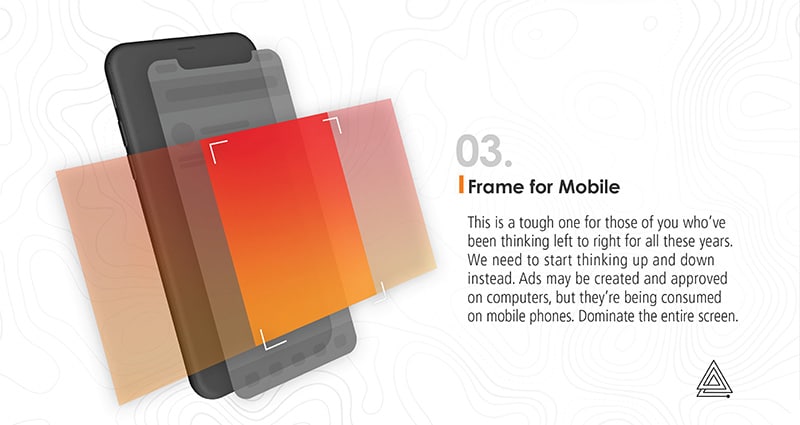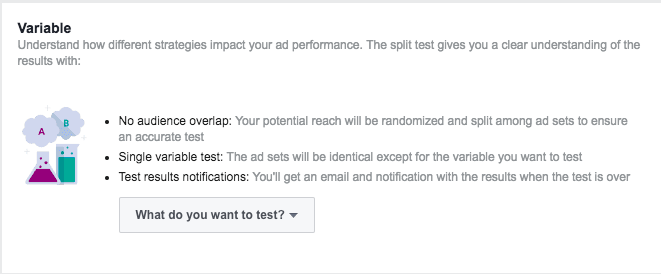The world of commerce is getting more fragmented. The climate is changing. Mobile devices take over TVs. Advertising in Q4 gets more expensive every year. Trump is still discussing building a wall. If these statements resonate with you – the last one may totally not – and you are a digital marketer who has some big expectations to steer your company or department to bigger volumes of (fill in the blank here), then this article is for you.
As a Facebook performance agency with millions of media $ under management, we get to observe how social media advertising changes and how intervened it is with all other acquisition channels and platforms (Google, cough-cough). Here is our data-driven take on 5 things everyone must start doing with their FB campaigns in 2019.
Table of Contents
- Have a social media strategy that ties to your KPIs
- Pixel your site properly
- Come up with a compelling story and turn it into creative assets
- Invest in smart tests before investing in always-on campaigns
- Advance Your Measurement Toolbox
1. Have a social media strategy that ties to your KPIs
Very often we see how excitement to launch FB ads to try something out becomes a shot in complete darkness. Lack of social media strategy that ties back to your business objectives is a sure path to failure. Facebook tools advanced a lot recently to help advertisers obtain specific business goals such as Leads, Downloads, Installs, Bookings, Online, and even Offline Sales.
The power of the Facebook pixel is undeniable. Use all the visual tools (think of mind mapping tools or good old whiteboards) to sketch the journey of your potential clients as a series of touchpoints on FB. Ask yourself if it makes sense to first expose users to a video ad that introduces the brand, or drive to a new blog article first to demonstrate value from the first touch point. Without proper planning and mapping out your objectives and user journey, Facebook may quickly turn into a trial-and-error chaotic experience.
2. Pixel your site properly
The word “pixel” might have been interpreted as some scary monster that is responsible for all the data scandals of the past year, but it is nothing more than a line of code that allows you to trace the activities that users take on your page. You will need to have enough pixels to support your media strategy as you will be deriving different value and paying a different price for having more people trigger those pixels (think of a commonly firing page view pixel vs. deep purchase pixel).
Choose between 3-5 key events that support your overall business objectives and which can create a natural path of touchpoints to an ultimate conversion. In other words, drop the anchors to slow down the user who is browsing your site or app.
Valuable tip: consider 1-2 Awareness actions that could have shallow, frequently firing events at the highest conversion rate, 1 Consideration event that is sort of the middle checkpoint on the path to conversion, and 1 Conversion event that marks the completion of the customer journey.
eCommerce events by stage may include the following Standard Pixel Events:
Stage: Pixel Event:
Awareness – Content View, Download, Lead
Consideration – Add to Cart, Initiate Payment
Conversion – Purchase
3. Come up with a compelling story and turn it into creative assets
Social media marketing is a bit of an assault if you disturb social conversations without playing by the rules of the channel. Aggressive and salesy approach will not fly on social media and users will put your brand to shame thanks to a million of emojis to express the disliking. Therefore, social creative strategy is a must if you want to get any results from Facebook or Instagram (where a price for showing crappy visuals is probably even higher).
Once you planned out the user journey and thought the actions that you’d like users to take to ease up their transition into paying customers, subscribers or downloaders, you have to wrap these up into mobile-first, social by design assets that translate broad messages in a compelling way.

The way that Facebook determines compelling is a variable that constantly evolves, but here are a few fundamental principles that you can adopt in 2019:
- Vertical vs. landscape
- Short-form video assets to drive awareness, consideration and Static assets to convey key offers or to highlight key value propositions (link ads or carousel ads)
- Design for mobile first
- Stories have had explosive growth in 2018 and are expected to grow even more
- Create social design systems for rapid experimentation and changes
- Create to stop users from scrolling (be creative with the methods and messaging)
- Use creatives to cut down steps required to learn about the brand. For example, instant experience (Canvas) ads help reduce the drop-off from outbound clicks to landing page views on mobile by opening up an engaging, media and content-rich canvas on mobile instantly. Imagine how much traffic you could save by not driving to a slow-loading mobile landing page?
4. Invest in smart tests before investing in always-on campaigns

If we could make any one tip large enough to be printed and posted on a billboard next to your office, this would be the one. We’ve seen upwards of 40% reduction in media waste and increase in conversion numbers simply by launching more Split Test campaigns.
In our LAS (Learn Accelerate Scale) framework, split testing is a focal point at the first Learn stage. They may take up to 100% of the entire media budget in the first few weeks to a month, but the end result is a maximum amount of insights and winning variables (creative format, audiences, bidding types, placement, messaging) per dollar invested.
From over 40 in-depth account audits that our Performance Team has performed in 2018, less than 10% of advertisers actually use Split Testing consistently to support their business objectives on Facebook. Without disclosing the full approach to Testing Framework, we strongly suggest that a minimum of 20-30% of your monthly budget should go into Split Test campaigns that are designed to validate some of your hypothesis. Sorry, but gut feelings do not score points anymore.
Here are the 3 easy Split Tests to start with:
- Audience test: create 3 Lookalike audiences using 3 different source lists (CRM, pixel event, or website visitors data). Set up a split test to see which audience drives better metrics and build your follow up tests based on these insights.
- Creative test: take 3 different ad types (static link ad, video link ad, carousel ad or slideshow) that you use in the Awareness stage of your campaigns, choose a top performing audience based on demographics/ interests/ lookalikes and set up a Creative type Split Test to give you some ideas on which ad type performs the best when introducing your brand to the new audience.
- Placement test: choose 3 different placements (mobile feed, desktop feed, stories) and use 1 audience with 1 creative to get some insights on how these 3 placements affect engagement, CPMs, and conversion rates.
5. Advance Your Measurement Toolbox

Fragmented paths to conversions, increased frequency of interactions across multiple devices and platforms, and various POVs on how to measure digital marketing campaigns have created a need for digital marketers to become more data-savvy and analytically competent.
Facebook creates both the challenge and the opportunity. The challenge is that Facebook measures human-based (read: logged in user) interactions vs. cookie-based interactions commonly referred to as the measurement standard. The opportunity is that Facebook now has the tools to be able to help reconcile the discrepancies in attribution methods.
We see how more and more of our clients bring up the topic of attribution and measurement as part of the everyday conversations and this trend is only going to grow in importance moving forward. The intricate play between Social and Search (particularly those channels battle over who gets the credit for the final conversion) has been explained by a number of case studies.
Here are some that worth reading/catching up on:
P.S.: Abacus is part of the Facebook Attribution beta tester program, so if you are curious about our work related to the topic of Digital Marketing Attribution, contact us and we’ll share our insights with you.